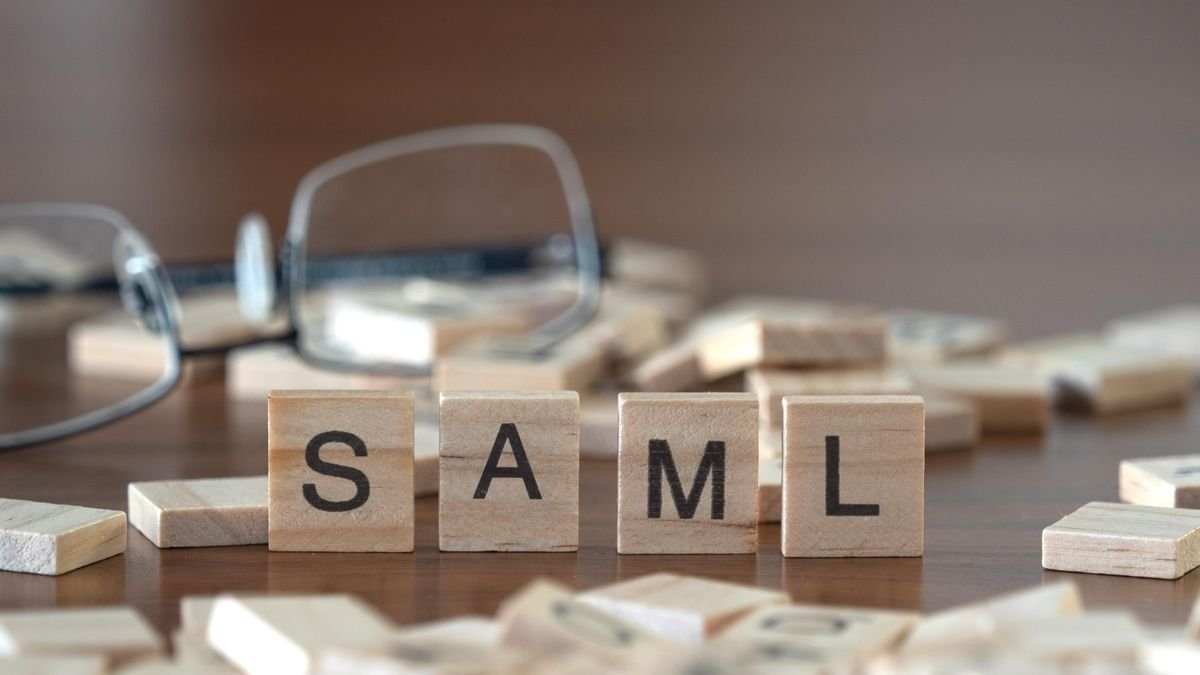In a cybersecurity landscape still reeling from the SolarWinds debacle, a new threat has emerged with the discovery of the Silver SAML attack, posing a significant risk to organizations worldwide. This vulnerability, while rated as moderate, could allow attackers unauthorized access to critical business applications, a situation escalating the threat to severe for affected entities.
New Attack Vector: Silver SAML Unveiled
Following the notorious SolarWinds cyberattack, the Cybersecurity and Infrastructure Security Agency (CISA) advised transitioning to cloud-based identity systems like Entra ID to mitigate future risks. However, the Silver SAML attack demonstrates a critical oversight in this recommendation. Unlike the Golden SAML attack, which exploited Active Directory Federation Services (ADFS), Silver SAML targets Entra ID directly by leveraging externally generated certificates for SAML response signing. This method circumvents the security measures put in place, allowing attackers to forge authentication responses and gain access to any user account within the application.
The Underlying Issue: SAML and Signing Certificates
The core of the Silver SAML vulnerability lies in the management and security of SAML signing certificates. Many organizations fail to properly secure these certificates, often sharing them over unsecured channels or storing them in locations susceptible to breaches, such as Azure Key Vault. This lax security practice provides a foothold for attackers to perform the Silver SAML attack, emphasizing the need for a more secure handling of signing certificates within organizations.
Executing the Silver SAML Attack
To carry out a Silver SAML attack, threat actors intercept a SAML request and inject a forged SAML response, a technique demonstrated using tools like Burp Suite and the custom-built ‘SilverSAMLForger’. This approach allows attackers to impersonate any user, gaining unrestricted access to sensitive applications and data. The discovery of this method underscores the vulnerability of relying on externally signed certificates for SAML authentication and the importance of robust security measures in protecting organizational assets.
As cybersecurity threats continue to evolve, the discovery of the Silver SAML attack serves as a stark reminder of the ever-present dangers lurking in the digital world. Organizations must reassess their security protocols, especially concerning the management of SAML signing certificates, to defend against such sophisticated attacks. Failure to do so not only jeopardizes sensitive data but also undermines the trust and integrity of affected entities, highlighting the critical need for vigilance and proactive security measures in today’s interconnected landscape.




